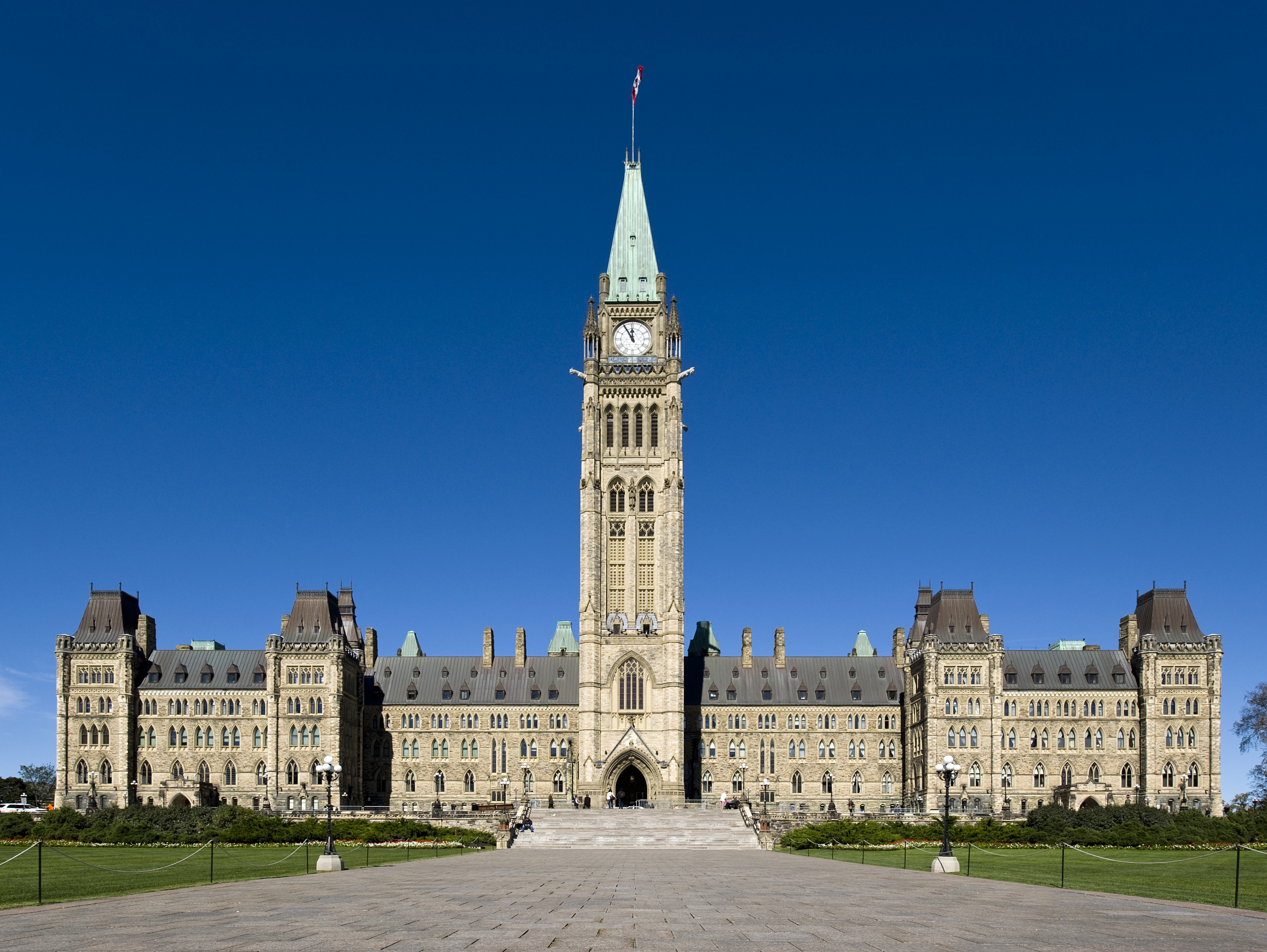
Green Party candidate Paul Manly comfortably won Monday’s federal by-election in the British Columbia riding of Nanaimo-Ladysmith. Manly garnered 37.3 percent of the vote, placing him well ahead of Conservative John Hirst (24.8 percent), New Democrat Bob Chamberlin (23.1 percent), and Liberal Michelle Corfield (11.0 percent). With less than six months remaining before October’s federal election, Manly’s win makes him the second federal Green to hold a seat in the House of Commons, joining party leader Elizabeth May. Manly campaigned on the people’s desire for change, with the central by-election issue being climate change, followed by affordable housing and homeless camps.
The by-election in Nanaimo-Ladysmith was called after NDP MP for the riding, Sheila Malcolmson, resigned and later ran successfully for a provincial seat in January 2019. Notably, though Monday’s by-election was the third election in eight months for residents of Nanaimo, voter turnout was forty-one percent in the by-election, well above the thirty-one percent average in recent by-elections across the country. Interestingly, despite back-to-back elections, voter fatigue does not seem to be plaguing the district. The high voter turnout could be a result of anticipation for the upcoming federal election, or it could be sparked by voters’ desire for change.
In isolation, it may be easy to write off this by-election as the mere turnover of one seat in the House of Commons from Orange to Green. However, many are looking to the Nanaimo-Ladysmith results as a prediction of what is to come this October when Canadians across the country head to the polls for the general election.
There are three key takeaways from Monday’s results: the electoral significance of climate change; the federal Liberals’ loss of traction; and the rise of alternative parties. Collectively, the Green Party joining government in B.C., Green MPP Mike Schreiner’s securing of a spot in the Ontario Legislature, as well as the party’s newfound Official Opposition status in Prince Edward Island perhaps signal that the party’s success is not an anomaly but a continued trend.
The Electoral Significance of Climate Change
The Green Party’s win on Monday may indicate that climate change will be a salient issue during the federal election in October. The margin by which Manly won over his opponents could signal to the Liberals, Conservatives, and New Democrats the importance of adequately addressing climate change – a promise that was at the forefront of Manly’s campaign.
In a statement, the Green Party of Canada said Manly’s win “hailed the dawn of a new era in federal politics,” signalling the continued importance of environmental responsibility. Coupled with Manly’s promise to “protect the environment that we need for our health, for our children, for our grandchildren,” it is evident the Green Party’s environmental priorities set them apart from others, helping them secure their victory in Nanaimo-Ladysmith.
It appears a shift in voter preference is becoming increasingly salient: climate change is growing in significance, and perhaps its effects are beginning to resonate with voters. If political parties wish to be successful in the upcoming federal election, committing to real climate action may be necessary for garnering support from voters in several key ridings.
Liberals Losing Traction
Despite Prime Minister Justin Trudeau’s visit to the riding, the Liberals notably came in fourth place behind the Conservatives, NDP, and Greens in Monday’s by-election. Paul Manly’s win catapults the Green Party from a fourth place showing in 2015 to winner status in 2019. Alternatively, support for the Liberal candidate Michelle Corfield was down eleven percent compared to the 2015 election. Is this a foreshadowing of electoral trends we could see this fall?
If this trend of Liberal defeat and loss of support continues, it is foreseeable that the party will no longer hold its majority government come October, and might even be reduced to opposition status. Though the Liberals didn’t have the seat to begin with in Nanaimo-Ladysmith, support consistent with these current trends could cost them seats in other crucial parts of the country.
Coupled with the domino-effect of provincial Liberal governments falling across the country, declining support for the Liberals in this by-election could signal the downfall of Justin Trudeau’s Liberals this fall.
Rise of Alternative Parties
As demonstrated by Monday’s Green Party success, voters are increasingly looking beyond the two traditional choices of Conservative and Liberal, perhaps indicating widespread discontent with the current status quo. More and more, voters are seeing unconventional options as vehicles for change and as a method to show dissatisfaction.
Left-wing to centre-left options in Canada now span beyond the New Democrats to encompass the Green Party, further fragmenting the country’s progressive movement. On the other hand, right-wing successes are not just limited to the Conservative Party. Such a phenomenon has been demonstrated by the Coalition Avenir Quebec’s (CAQ) historic majority victory in the 2018 provincial election, as well as the People’s Alliance unprecedented win of three seats in the New Brunswick provincial election. If the left-right divide continues to fragment into successes for alternative parties, the federal election in October could be one of the most unpredictable yet, which may be highly unfavourable for the future of the Liberal Party in Canada.
Edited by Lewie Haar.
The opinions expressed in this article are solely those of the author and they do not reflect the position of the McGill Journal of Political Studies or the Political Science Students’ Association.
Featured image via Wikimedia Commons